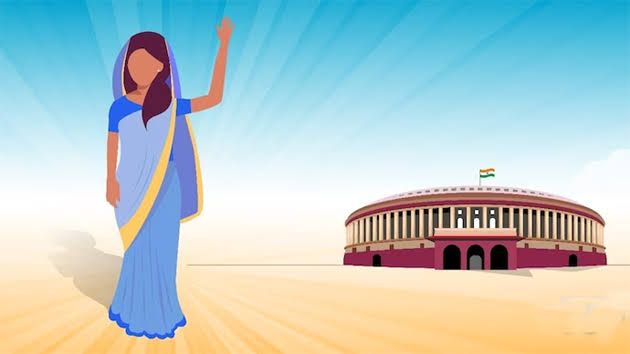When children who have not yet reached the legal working age are compelled to work, it is referred to as child labour. It can also be described as the forced labour of minors for meager or non-existent pay in dangerous and lethal environments. Since children should be allowed to live their lives freely and with tenderness, many of them are forced into gloomy lives at a young age.
Article 24 of Indian Constitution forbids the employment of minors under the age of 14 in mines, factories, or any other dangerous jobs. Despite this ban, a sizable fraction of youngsters in our nation are compelled to work and support themselves rather than appreciating and cherishing their formative years.
Even though they are young, children who work are paid extremely little and are required to perform lengthy shifts without enough food, water, or downtime. Consequently, they are turned away from school. They never attend school and are not given the same opportunities for education as other kids their age. They have no choice but to labour in order to provide for their family.
Child labour is a problem that is evident, particularly in rural areas. Children can be found working at grocery stores, brick manufacturers, and agricultural fields, among other places. On the other hand, underprivileged children are put to work as child laborers in cities in industries such as rag picking, glass, slate, handlooming, and bangle manufacturing. Even young children are frequently forced to work as slaves for their parents in return for cash or loans obtained from unofficial sources such as moneylenders, landlords, and zamindars. There, they are forced to labour in accordance with their masters’ wishes until their parents’ loan balance is paid back. Children are therefore vulnerable to abuse—emotional, physical, and even sexual. Prostitution is another common practice among girl children from low caste communities, such as Dalits, or tribal populations, who sell their bodies for money.
The fact that approximately forty percent of Indians live in adverse poverty is a disgrace. Children from such impoverished homes must therefore labour alongside their parents in order to support themselves. Additionally, factory owners purposefully use child labour in order to obtain labour at a low cost. Children who work in such dangerous environments are susceptible to a variety of illnesses, such as lung infections. As a result of malnutrition, lack of wholesome food, and inadequate drinking water, their health deteriorates and they become skeletal in appearance. Many of them commit themselves because they are unable to deal with these illnesses. Even at such a young age, they leave behind their carefree childhood and become adult.
These statistics should be well known to the government, which is why vigilance committees must be established to monitor the rising number of underage laborers. Being the primary cause of child labour, poverty should be eradicated via the implementation of various laws and programs. Laws should be implemented by the government to penalize businesses who force minors to labour in extremely risky and dangerous conditions, fail to provide them with a living wage, and ultimately take advantage of them. Employers should take proactive measures to ensure the safety and well-being of minors working under their supervision. They should also offer vocational training to ensure the development of literacy skills.

The development of our nation’s economic and social structure should prioritize the promotion of employment generation programs and technological enhancements. Incentives should be provided to impoverished households in order to improve their standard of living. Workplaces and factories should be inspected by labour inspection committees to ensure that employers are not abusing their workforce, particularly when it comes to child labour. The government should put programs and schemes into place for kids from low-income families, offering them food at a marginal cost, scholarships, facilities for vocational training, handicraft workshops, and education incentives. This would give them the confidence to raise their kids, send them to school, and give them chances to make money.
Author: Rittika Paul, a student at Jogesh Chandra Chaudhuri Law College
INDIAN FOERIGN POLICY REGARDING ISRAEL VS. HAMAS




